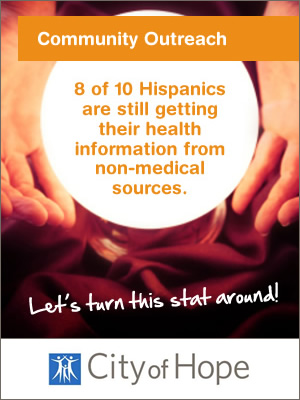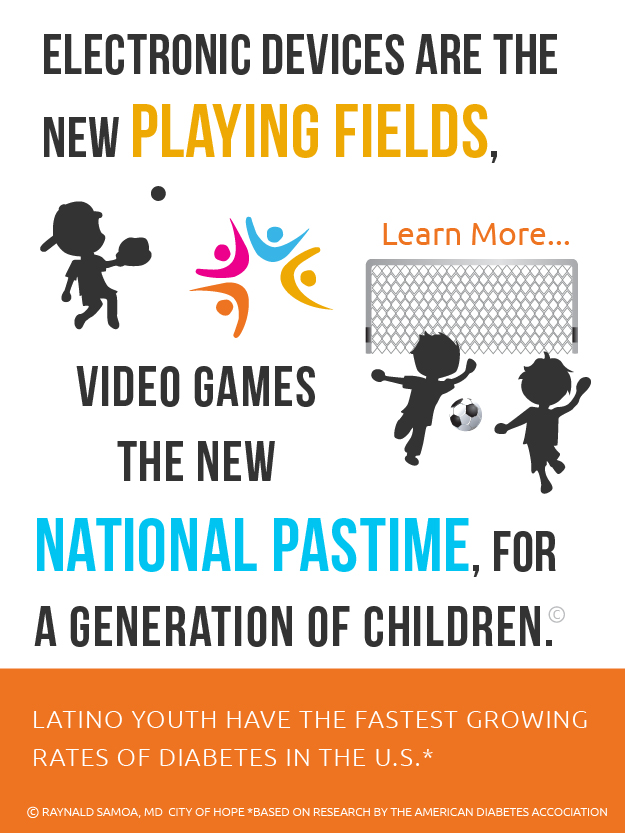
CVS Health is Leading Efforts to Serve the Demographic Shift with Outreach to Hispanic Talent and Consumers (Part 1)
09/24/2014 11:21PM | 10249 viewsFrom professional development of its colleagues to its strong emphasis on building a talent pipeline, CVS Health is taking the lead to fully address and leverage the cultural demographic shift exploding across America. It’s widely been reported that Hispanics are at the forefront of this shift; at 52 million of the current population, they are the fastest growing minority group with 50,000 Hispanics turning 18 every month and entering the workforce or going on to higher education.
Beyond talent development as it relates to this demographic shift, CVS Health is equally focused on building a strong community presence with Hispanics and their families and offering culturally relevant products and services to serve their specific needs as consumers and healthcare self-advocates.
HHL Senior Editor, Marisa Salcines, recently spoke with David Casey, Vice President, Workforce Strategies and Chief Diversity Officer at CVS Health, about the ways his company is leading the conversation about the demographic shift, the role culture plays in the development of Hispanic talent – current and future – and what CVS Health is doing to better serve its growing consumer base from the Hispanic community.
Marisa Salcines: With regards to the cultural demographic shift in the U.S., how is CVS Health redefining its approach to diversity management?
David Casey: We take a very broad and systemic approach that falls under the high level umbrella of strategic diversity management – and we support this approach with four pillars.
The first pillar is workforce representation and our objective here is to be as reflective of our community and our customers as we can be.
The second pillar is what we call colleague engagement to ensure that we are living a culture of inclusion. In other words, once we establish diversity in our workforce representation, the culture has to facilitate and enable the inevitable variety of behaviors and perspectives that come with diversity.
The third pillar is talent development or talent management. Under this pillar we refer to the four “p’s” – having the right policies, programs, procedures and practices in place to equitably manage and leverage our talent throughout the organization.
The fourth pillar we call marketplace diversity and in this case we refer to the four “c’s” – our customers on the business-to-consumer side (i.e., CVS/pharmacy ); our pharmacy benefit management clients on the business-to-business side (CVS/Health); our communities, meaning being actively involved and visible where we do business at the local level; and our constituents, a purposely broad category that includes supplier diversity, investor relations, government affairs, etc. – in essence, any external constituent who has a stake or an interest in our ability to manage diversity as an organization.
Marisa: What is CVS Health's approach when it comes to talent development – the third pillar – and how it relates to business strategy and serving its customers?
David: If you look at the four pillars, three of them are closely associated with what we consider talent development or talent management. For example, the recruiting part of workforce representation and the culture part of colleague engagement – both have direct ties to talent development.
Overall, when we think in terms of talent development, there are four guideposts to our philosophy. One is to make sure we provide an environment where all colleagues can learn and grow; two is to connect the right talent that can deliver on our business objectives as we plan for the future; three is the ability to identify and invest in the future leaders of the organization; and four is to look at everything through a lens of diversity management and stay in touch with (or ahead of) the changing demographics of our communities.
Marisa: With a lack of Hispanics in the healthcare and biomedical fields, what are some of CVS Health's programs to change this shortfall and increase the talent pipeline?
David: We engage in a number of activities to not only reach out to the Hispanic talent that’s in the marketplace today, but also to help position us for who we are going to need in the future.
For example, as a pharmacy innovation company, STEM education and STEM careers are very important to us. In this regard, we have a number of key partners in the Hispanic community, but there are a couple of programs of particular note. One is our partnership with the Hispanic Heritage Foundation, and the other is our partnership with the Hispanic Scholarship Fund.
With the Hispanic Heritage Foundation, we are the sole healthcare sponsor for their youth awards program in the healthcare category. Over the years we’ve awarded scholarships to dozens of high school seniors of Latino/Hispanic descent to recognize their achievements and leadership and to support their interests in pursuing healthcare educational tracts. We also support their Latinos on the Fast Tract program (LOFT), which tracks, preps, connects, and places young leaders as they transition from high school to college, graduate school, and careers.
With the Hispanic Scholarship Fund, we offer $5000 scholarships to students pursuing doctorate or pharmacy degrees. This scholarship is open to Hispanic Spanish-speaking students who are eligible to apply in their first or second year of a professional pharmacy program.
These are just a couple of examples of our external facing programs, but two of the most successful we have geared to the Latino community to increase our Hispanic talent pipeline.
Marisa: Given that only 5% of U.S. doctors are Latino, and even less are pharmacists, these programs are much needed. Have you seen some positive returns or reached any milestones?
David: We really won’t see the needle move for at least a few more years since these are primarily early education and early career programs. We do know that it’s important to start exposing young people to STEM careers earlier rather than later. It’s too late to only start reaching out to students when they are in post graduate programs or four year college programs. If we don’t engage them early enough, we’ll continue to see a decline of young people going into STEM careers. Instead, we’re laying down the talent pipeline and facilitating a much-needed conversation about the demographic shift.
In the second part of this interview, CVS Health's David Casey discusses Project Health and other ways the company is building a community presence and serving the community with culturally-relevant products and services.











Post your Comment
Please login or sign up to comment
Comments